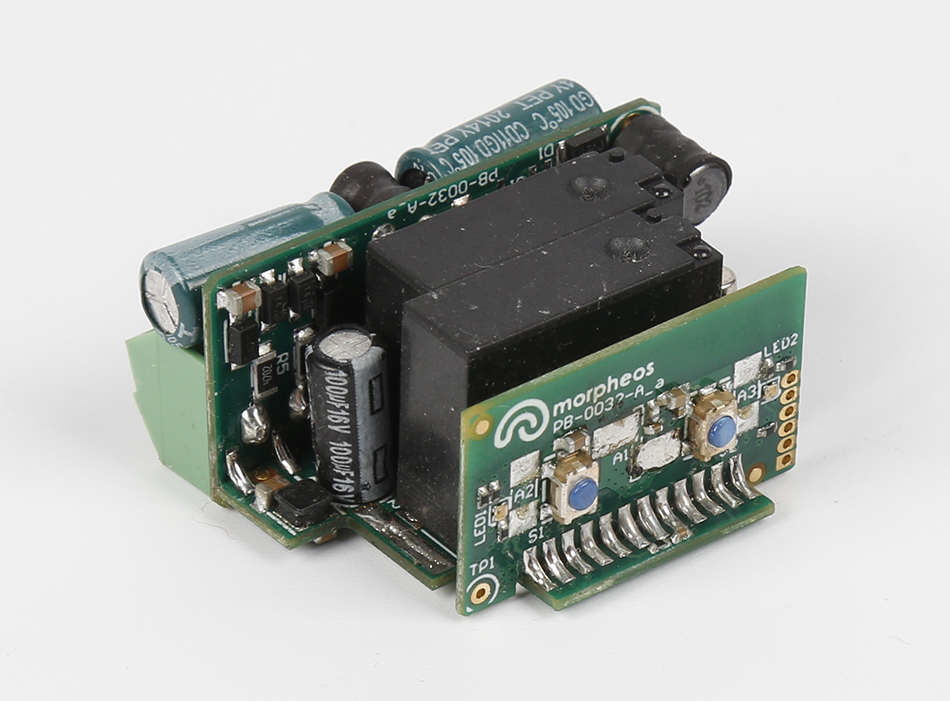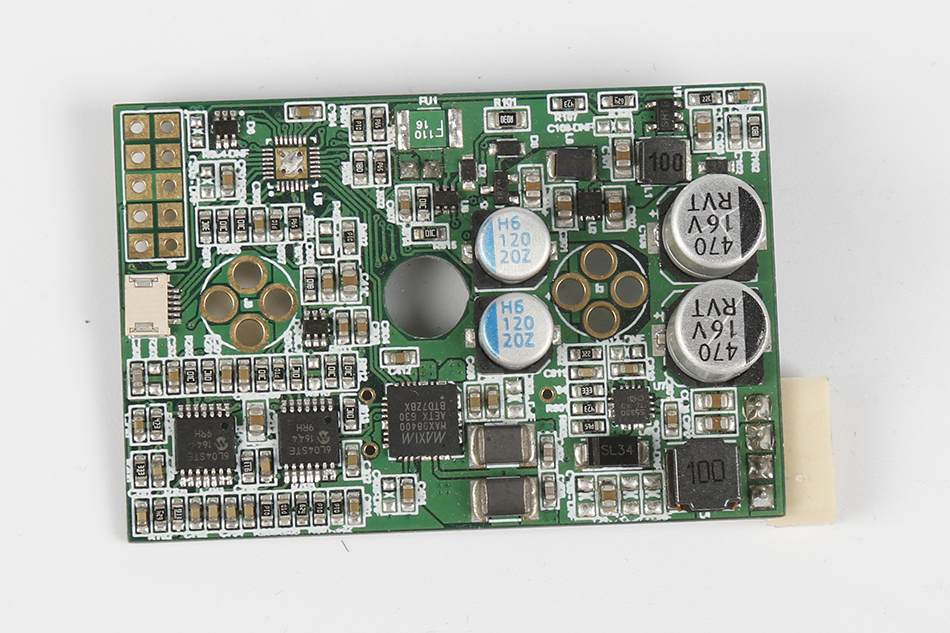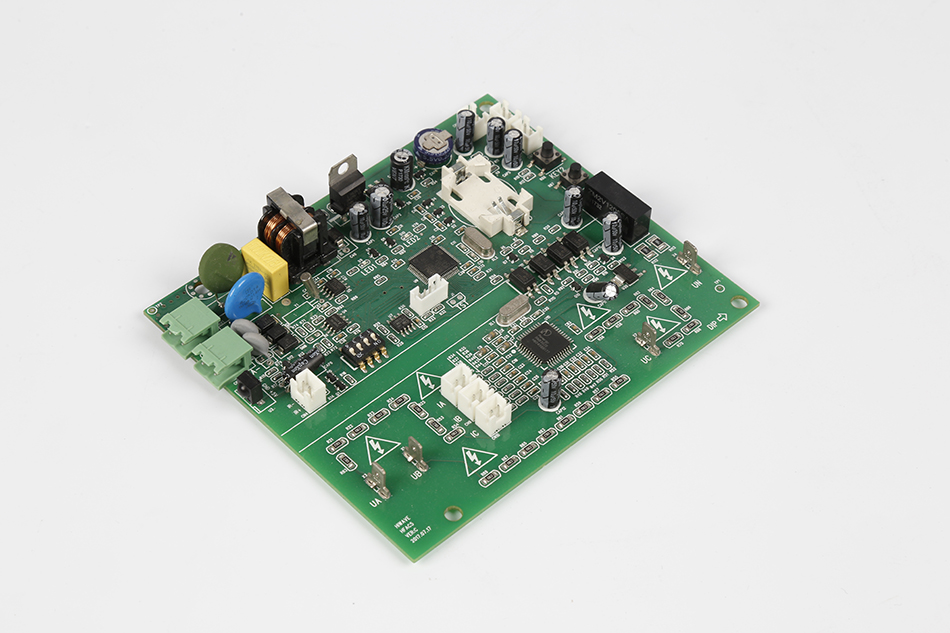-
- PCB TYPE
- PRINTED CIRCUIT BOARD PROTOTYPE ALUMINUM PRINTED CIRCUIT BOARD R&F PCB FPC HIGH FREQUENCY PCB HIGH-TG PCB HEAVY COPPER PCB HDI PCB PCB FOR LIGHTING METAL CORE PCB
time:Oct 28. 2025, 14:04:09
In the world of printed circuit boards (PCBs), via technology plays a critical role in ensuring efficient signal transmission and high-performance electronics. Among the various types of vias, RF blind buried vias are particularly notable for their ability to enhance design flexibility and optimize space on multilayer PCBs. This article explores the nuances of RF blind buried vias, their significance in PCB assembly, and how they contribute to advanced via design.
RF blind buried vias are specialized types of vias used in multilayer PCBs. Unlike traditional through-hole vias, these vias connect only certain layers of the PCB without passing through the entire board.
Blind vias connect an outer layer of the PCB to one or more inner layers. They are "blind" because they are not visible from the opposite side of the board. This type of via allows for a more compact design, which is essential in densely packed RF circuits.
Buried vias are entirely enclosed within the PCB, connecting two or more inner layers without reaching the outer layers. This feature makes them ideal for minimizing interference and maintaining signal integrity in RF applications.

Incorporating RF blind buried vias in PCB assembly offers several benefits, particularly in RF (radio frequency) and microwave applications where performance and space efficiency are crucial.
Signal integrity is vital in RF PCB design. Blind and buried vias reduce the risk of signal distortion by minimizing the length of signal paths and reducing parasitic capacitance. This results in clearer, more reliable signal transmission, which is crucial for RF applications.
Modern electronic devices demand smaller, lighter, yet more powerful components. RF blind buried vias allow designers to make the most of the available space by stacking multiple layers with complex routing without increasing the PCB's footprint.
Electromagnetic interference is a significant concern in RF applications. By using blind and buried vias, designers can effectively shield sensitive traces and components, reducing the potential for EMI and ensuring better overall performance.

The design process for RF blind buried vias involves careful planning and consideration of several factors to ensure optimal performance and manufacturability.
When designing with RF blind buried vias, it's essential to consider the PCB's layer stack-up. A well-planned layer stack can significantly impact the performance and reliability of the vias. Designers must decide which layers the vias will connect and ensure that the stack-up supports the necessary electrical characteristics.
The drilling and plating processes are critical in creating effective blind and buried vias. The vias must be precisely drilled to the correct depth and then properly plated to ensure robust electrical connections between layers. This requires precise control and advanced technology during the manufacturing process.
RF blind buried vias can also play a role in thermal management. By strategically placing these vias, designers can help dissipate heat away from critical components, reducing the risk of thermal-related issues and improving the overall reliability of the PCB.

While RF blind buried vias offer numerous advantages, they also present certain challenges that designers must address.
Manufacturing PCBs with blind and buried vias is inherently more complex and costly than using standard through-hole vias. The additional drilling and plating steps require precise control and advanced equipment, which can increase production time and cost.
Not all PCB design software can effectively handle the complexities of RF blind buried vias. Designers must ensure they are using advanced design tools capable of managing the intricate requirements of these vias to avoid errors and ensure successful implementation.
While RF blind buried vias reduce parasitic effects, improper design can still lead to signal loss. Designers must carefully plan via placement and ensure that the vias are optimally aligned with the signal paths to mitigate this risk.

RF blind buried vias are used in various high-performance applications, thanks to their ability to enhance signal integrity and optimize PCB design.
In telecommunications, RF blind buried vias are used in components such as antennas and transceivers, where signal clarity and reliability are paramount. Their ability to minimize interference and optimize space is invaluable in these applications.
Aerospace and defense systems require robust and reliable communication systems. RF blind buried vias are crucial in these industries, where they help ensure the integrity of signals in complex and demanding environments.
In consumer electronics, where devices are continually becoming smaller and more powerful, RF blind buried vias allow for the integration of more features without sacrificing performance. Smartphones, tablets, and wearables all benefit from this advanced via technology.
RF blind buried vias represent a significant advancement in PCB design, particularly for RF and microwave applications. They offer numerous advantages, including enhanced signal integrity, space optimization, and reduced electromagnetic interference. While they present certain challenges, careful planning and advanced design tools can help overcome these obstacles, resulting in high-performance, reliable PCBs.
By understanding the importance and application of RF blind buried vias, designers can create more efficient and powerful electronic devices, paving the way for the next generation of technology.

Got project ready to assembly? Contact us: info@apollopcb.com



We're not around but we still want to hear from you! Leave us a note:

Leave Message to APOLLOPCB
